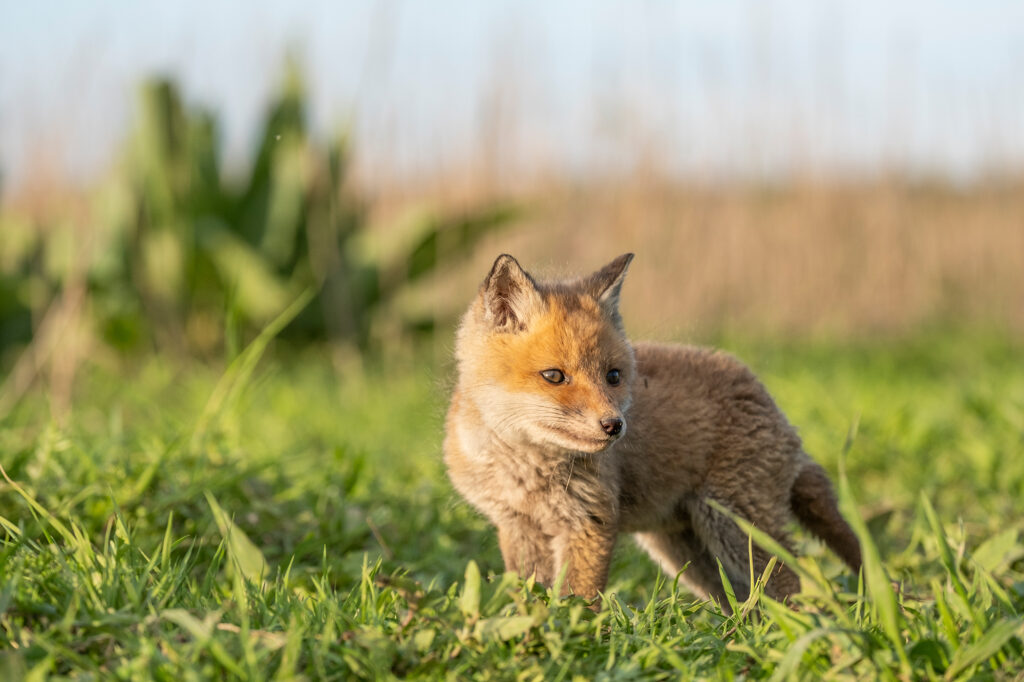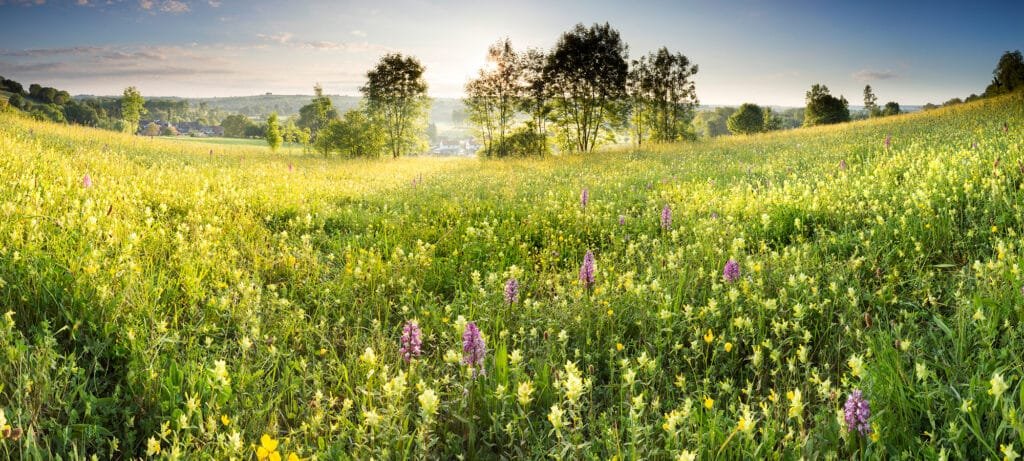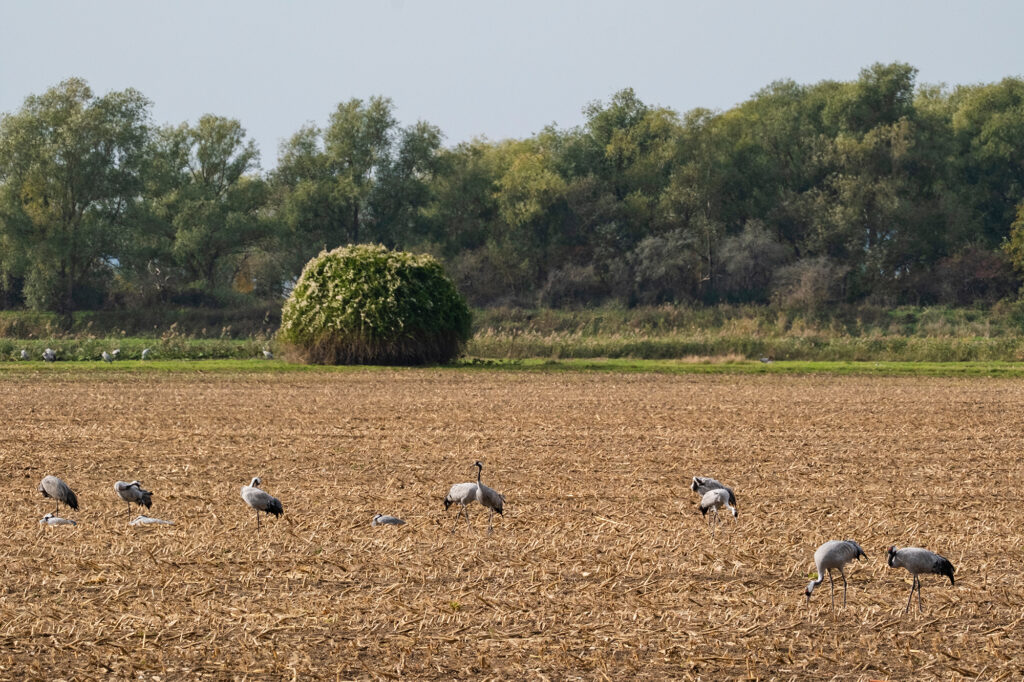When Bob Luijks agreed to let himself be interviewed for Nature First, I couldn’t have been happier. Bob is not only a passionate nature photographer who leads workshops and trips, but also editor-in-chief of Natuurfotografie magazine and a popular series of handbooks and guides for nature photographers, so one of the more influential voices in the Dutch photography world.
Bob was passionate about nature and landscape from a very early age on. He was a landscape architect before he switched to full-time photography, which gave him much insight into the history and ecology of the landscape.

He’s also a long-time member of Nature First. “I immediately agreed with the principles, they’re very important. During the first years, I felt that Nature First often took on an accusatory tone, but they’ve gotten much better at communicating and giving good examples.”
The ’me too’ effect
Nature photography can inspire a love of nature, but there is a shadow side that is exacerbated by social media. People see a beautiful photo on Instagram and think, “I want that too!”
The Netherlands, a nation of 18 million inhabitants crowded into a postage stamp of a country, has a remarkably high number of photographers per capita. And getting out into nature doesn’t involve long drives, there’s a huge variety of photogenic subjects available close to home. But the downside is that a large number of nature photographers vie for attention and some will do anything to be noticed.
Bob points out that 99% of the photographers behave themselves. Then there is a large group of photographers who are unaware of their effect on nature and would benefit by more education. And there’s a small number of photographers who simply don’t care how they get the shot.
He sighs, “I wish I didn’t have to think about what the effect is of sharing a photo. This is my passion and I want to share it with others. But there are always people with other intentions.”
Baby foxes
He recounts how he found a den of foxes one spring. He sat down at a safe distance and waited patiently. After a while, the foxes grew accustomed to his presence and came out to play. Shortly after, another photographer discovered the den and announced its location in a WhatsApp group. The next time Bob visited, there were so many photographers that the mother had removed the kits from the den and hidden them elsewhere.
“People ruin locations for themselves and others this way. And it can also lead to dangerous situations for the birds and wildlife!”

Location sharing
I point out that he’s responsible for the publication of a series of books on the best photography locations in the country. Isn’t this risky? “Yes, this was a tricky and difficult decision,” Bob answers and says that there’s a big demand for these guides. “We make sure that none of the really vulnerable locations are in the guides, like dens of adders or the locations of very rare types of orchids.” Ecologists and rangers help write the guides.
The handbooks also include important educational material. A recent series on macrophotography contains an introductory chapter on the ethics of macrophotography. And a recent handbook to bird photography includes information on how to spot signs of disturbance in different birds and what distance to keep from which bird to prevent disturbance.
How can Nature First help?
Bob points out that the small group of photographers who do not care how they get the shot aren’t worth spending energy on. “You need to reach the group that is unaware of the effect they have on nature. They need to be educated about the subjects they’re photographing. They need to understand why the principles are important.”
Knowledge of and passion for nature are the keys to responsible nature photography. Not only that, but this also leads to better photos. Bob recounts how photographers tend to spot a pretty orchid and go running up to it. In the meantime they’re not only ignoring less showy but just as remarkable plants, but treading on them as well!

“It’s interesting how photographers invest time and money into learning all about their equipment. But learning all about their subjects is far more important!”
The role of the workshop leader
Workshop leaders can play a role in this as well. Bob recently took a group of photographers to the German island of Rügen. During its long migration south, the Eurasian Crane stops off here to rest. “When I spot cranes foraging in the field, I stop the van but tell the photographers not to move. Only when the cranes start to relax, will I let the photographers roll down the windows and photograph from inside the van. And if the cranes are still relaxed with the situation and a photographer really wants to get out of the car, I will let them but they must stay within the shadow of the car. In this way, they get great photos without disturbing the cranes.”

Because nature is Bob’s most important source of income, he’s very aware of his duty to protect it. “It has given me so much, I feel I should give something back.”
